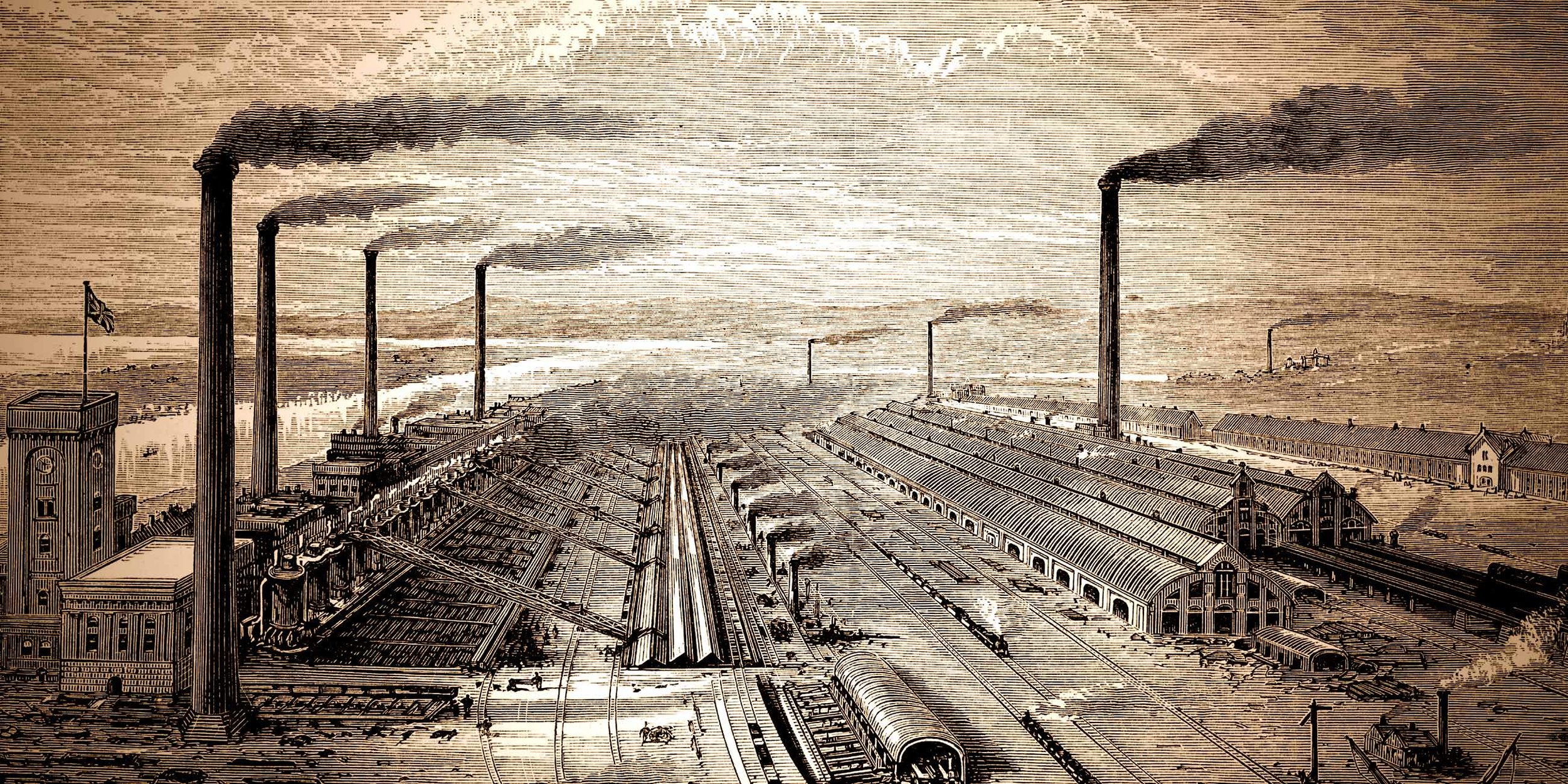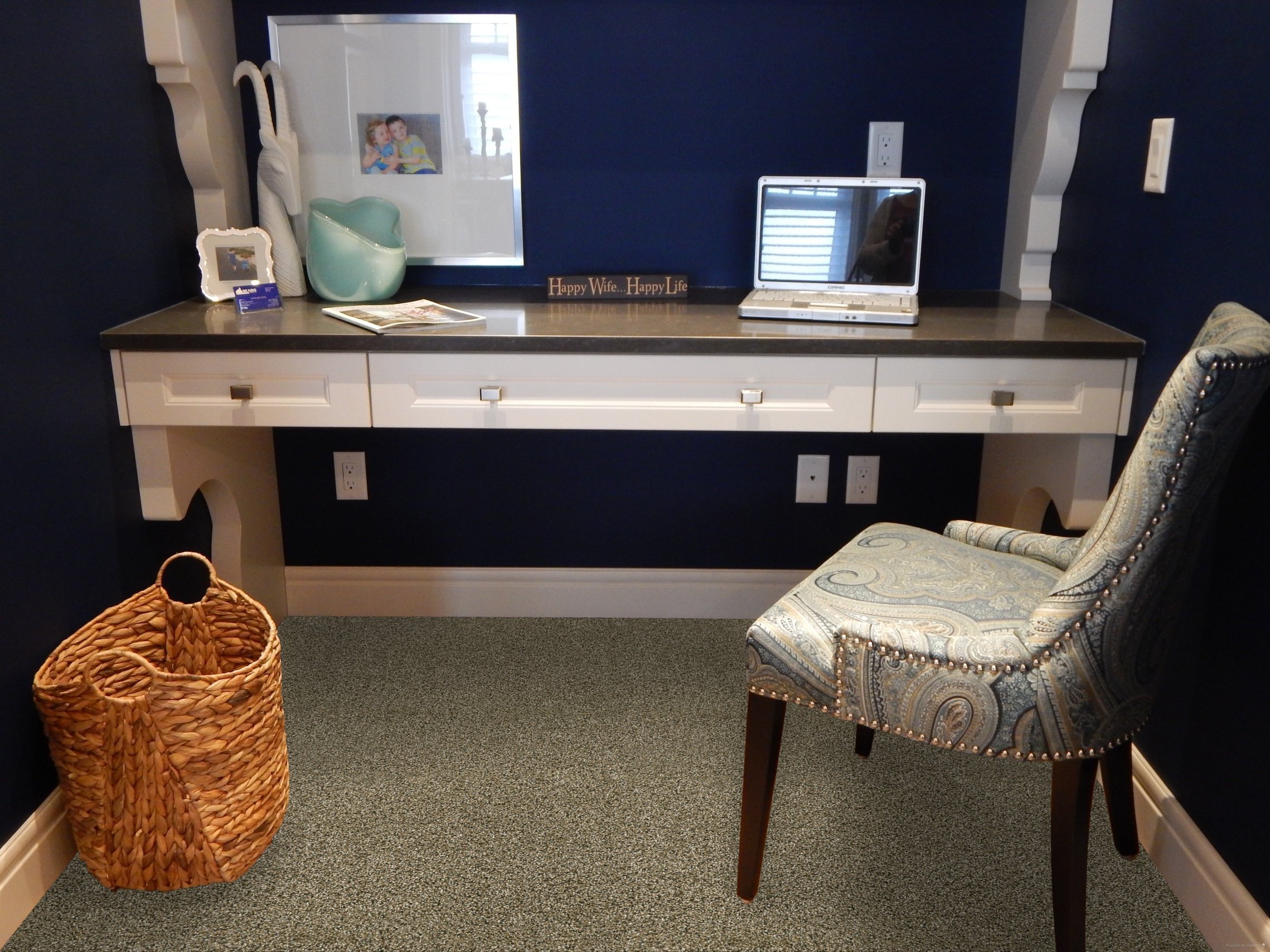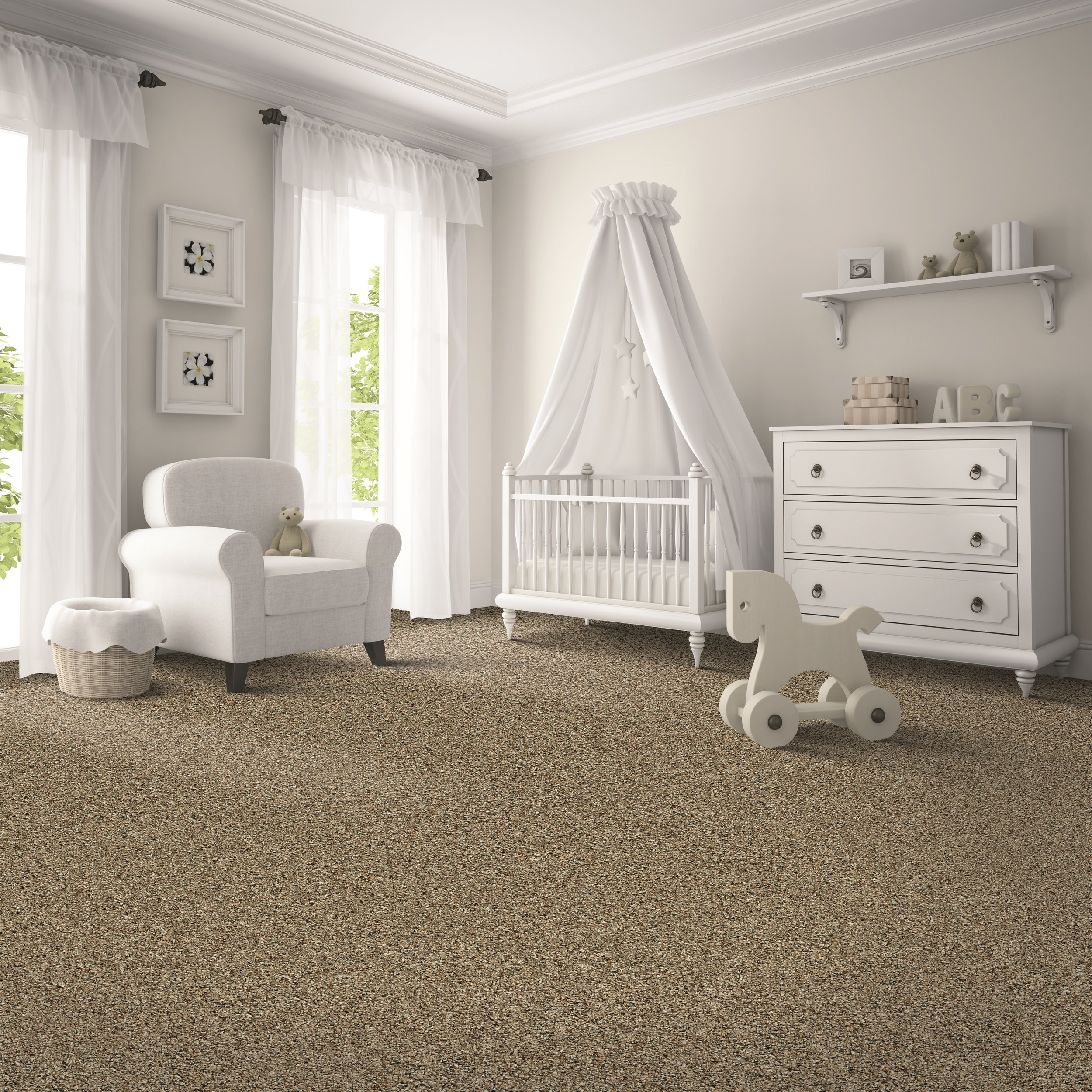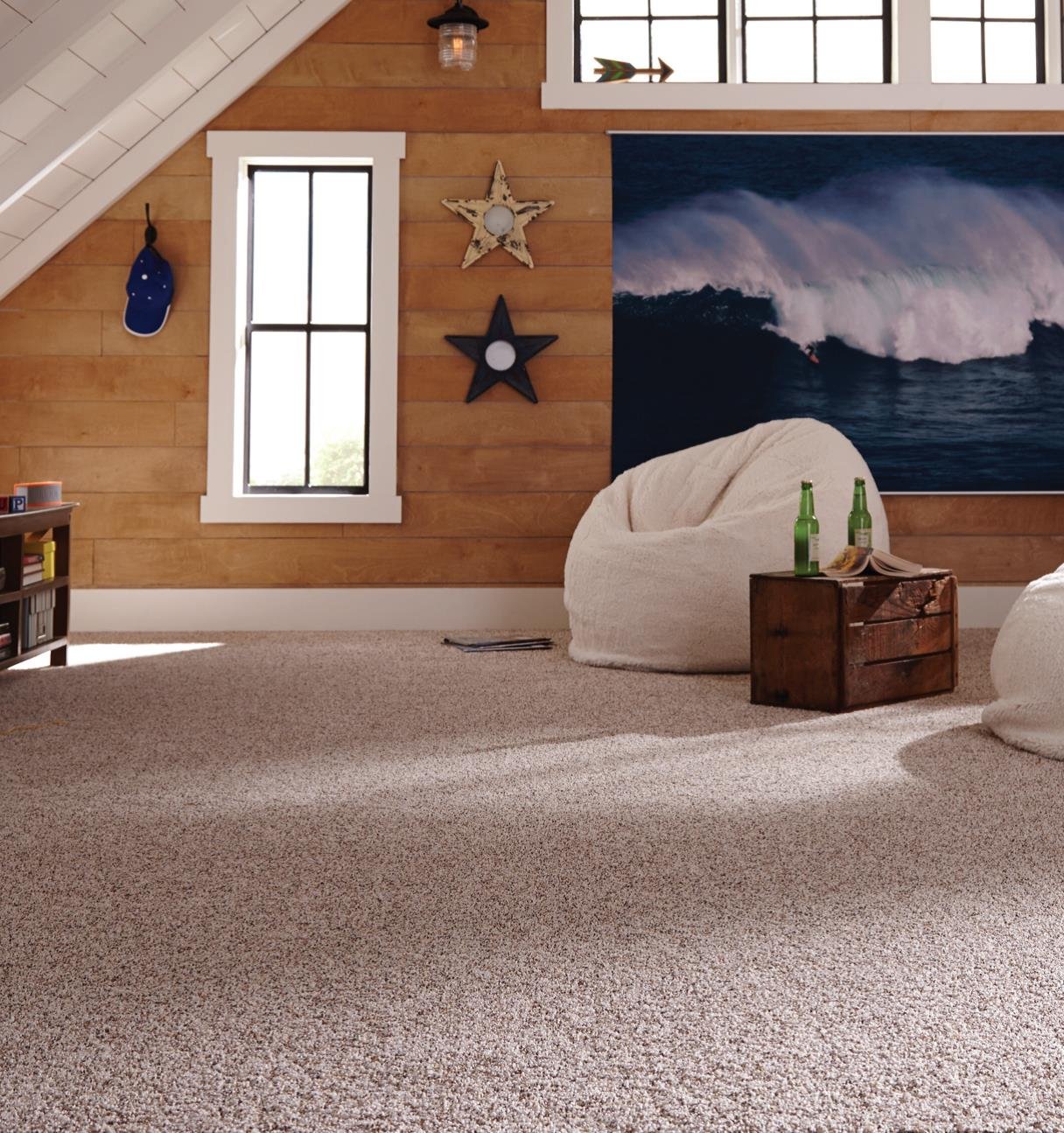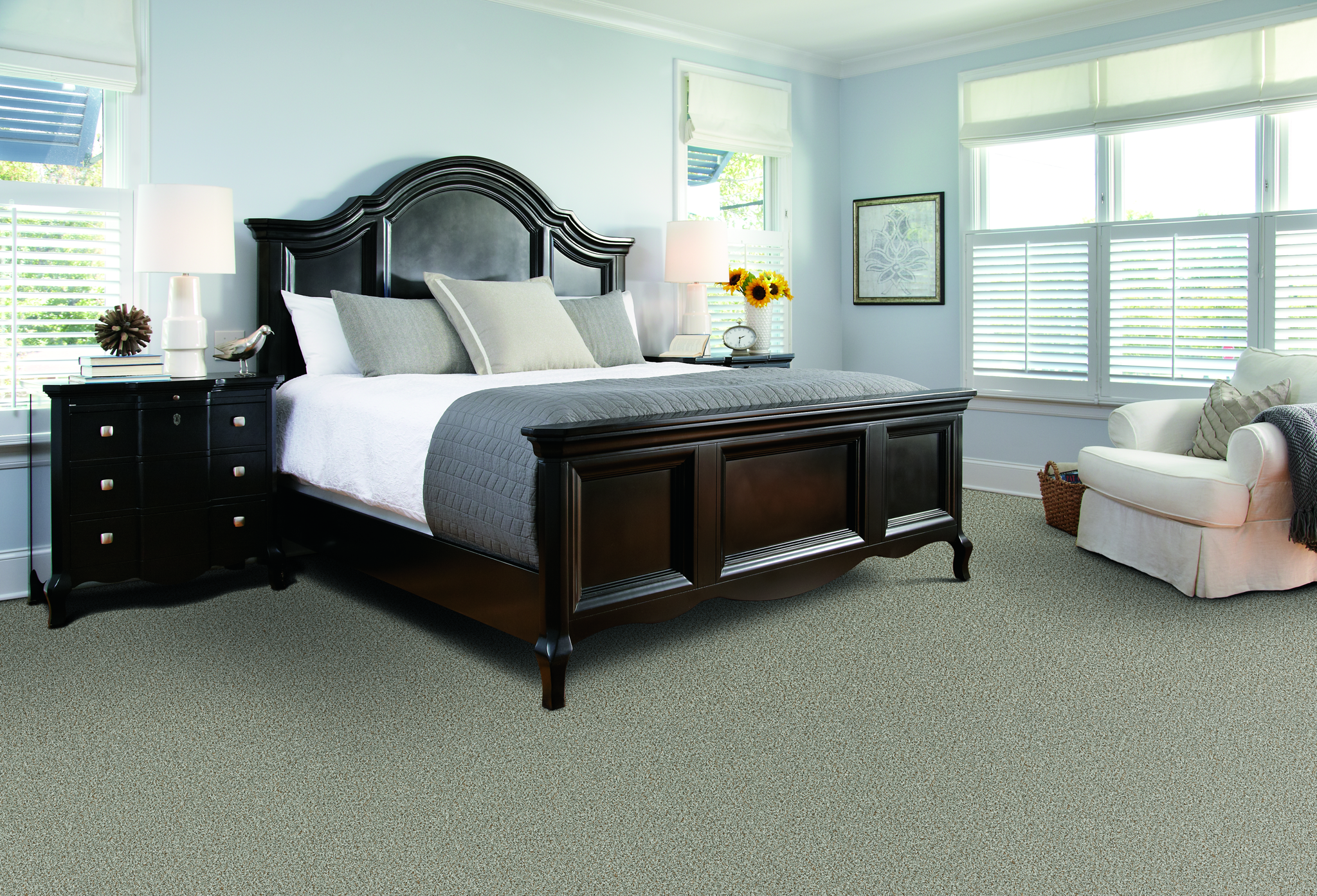The History of Carpet
You can find carpet in almost every home in America. It has been a top flooring option for homeowners for decades, and will continue to be a great option. Carpet is a popular choice for flooring due to its softness and insulation properties. It provides warmth and comfort, making it ideal for bedrooms and living rooms. Additionally, carpet comes in a wide range of colors and patterns, allowing homeowners to personalize their space according to their style preferences. In this artlice, we will take a brief look at the expansive history of carpet.
The First Traces of Carpet in History
The oldest carpet found - The Pazyryk carpet
Carpet can be traced back to 3000 BC. During this time, carpets were made by hand using natural materials such as wool and animal hair. They were initially used for practical purposes, such as providing insulation and protection from cold floors. The Pazyryk Carpet, which dates to the fifth century B.C., is the world's oldest carpet now in existence. Russian archaeologist Sergei Rudenko found it in a Scythian prince's tomb in the Pazyryk Valley of Siberia in the late 1940s. Rudenko thought the carpet he found belonged to the Achaemenid Empire, but the rug's precise origins remain a mystery. According to historians, the carpet survived because the tomb was plundered and left unattended. As a result, the carpet became a block of ice and was kept until it was found by Rudenko's crew more than 60 years ago. Even though the carpet is more than 2500 years old, it displays a level of sophistication in its craftsmanship that wasn’t thought to be possible by modern historians because most woven carpets and rugs from the same time period are of a more primitive construction. The Pazyryk carpet is not only known for its exceptional craftsmanship but also for its intricate and detailed design. It features a variety of motifs including mythical creatures, floral patterns, and geometric shapes, showcasing the artistic skills of its creators. This unique combination of advanced techniques and artistic expression has baffled experts, leading to ongoing research and speculation about the origins and influences behind this ancient masterpiece.
The Industrial Revolution
While European immigrants may have brought carpets with them, the American carpet industry did not begin until 1791, when Philadelphia became the home of the country's first woven carpet mill. In the early 1800s, there were many more carpet mills built all around New England shortly after this. The development of the American carpet industry was fueled by advancements in technology, such as the invention of power looms and the use of synthetic materials like nylon and polyester. These innovations allowed for mass production and a wider variety of designs, making carpets more accessible to a larger population. As a result, carpets transitioned from being purely functional to becoming decorative elements in homes and businesses.
The Carpet Industry Today
After the Industrial Revolution, carpet production became more efficient and accessible to the general public. This led to a rise in popularity and affordability, making carpet a common choice for flooring in homes and businesses. Today, advancements in technology have further improved the durability and stain resistance of carpets, ensuring they can withstand heavy foot traffic and spills. Dalton, Georgia had a history as a textile manufacturing hub, and it also had a rich tradition of producing tufted bedspreads. This made it the perfect place to transition into a place where these new tufted carpets could be manufactured.
Dalton experienced incredible growth in the 1950s and 60s, as many different carpet manufacturers opened up shop. They were attracted by an experienced labor force, low costs, and an already established shipping infrastructure.
Today, the area in and around Dalton produces more than 70 percent of the total output of the world-wide industry of over $9 billion. If you’ve bought new carpet in the last 50 years, there is a great chance that it was made right there in Dalton!
The fundamentals of carpet production remain the same: a fiber of choice is woven or tufted into a finished roll or modular-backed product. While there are some limitations on aesthetic ability due to diverse characteristics and structures, most constructions generally allow for freedom of expression in terms of color, texture, and pattern. With modern technology, carpets now offer a variety of options can can suit any circumstance, like anti fungal technology. The rise of innovative technologies and applications is helping develop decorative styles and offering fresh and exciting flooring options.



